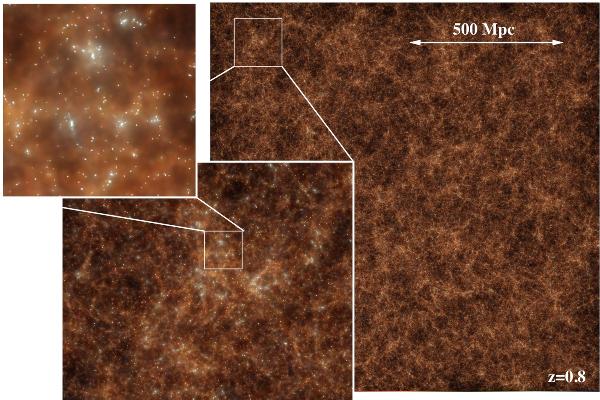Computational Astrophysics
Research in computational astrophysics at USM ranges from the investigations of planet and star formation to studies of how the laws of physics on small scales drive the formation of structures at the largest cosmic scales. We are creating simulations of planet and cosmic structure formation that are among the most realistic in the world.


